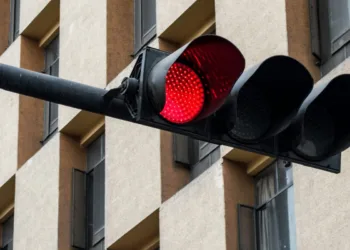The iPhone home screen is a divisive topic; some users adore it, while others are less than impressed. Unlike Android devices that utilize an app drawer for storage, iPhones position app icons directly on the home screen, offering ease of access that can sometimes result in a chaotic layout for those with numerous apps. Although the App Library has provided an effective method for organizing apps, many users still primarily rely on their home screens for app management.
However, a common challenge arises when you want to keep certain apps hidden—whether it’s an app you use infrequently, a sensitive banking application, or simply something you prefer to keep private. Although apps can clutter your home screen, Apple has provided several straightforward methods to conceal them without needing to uninstall them from your device.
Thanks to some new features in iOS 18 (now available), users have more options for hiding apps compared to previous iOS versions. Below are detailed instructions for both iOS 18 and earlier versions.
How to Hide and Lock Apps in iOS 18
With the release of iOS 18, Apple has made it easier to hide and secure apps, adding an extra layer of privacy to your device.
Step 1: Begin by pressing and holding the app icon you wish to hide or lock from your iPhone’s home screen.
Step 2: When the menu appears, select Require Face ID and confirm your selection.

Step 3: If the app supports the feature, you will also see the option to Hide and require Face ID. Tap this to confirm, and the app will be removed from your home screen.

Step 4: To retrieve a hidden app, navigate to your iPhone’s App Library and select the Hidden folder, which is typically the last one listed.
Step 5: Long-press the app you wish to unhide and select Don’t require Face ID. The app will reappear on your home screen.

How to Hide Apps in iOS 17 or Earlier
Hiding an app on your iPhone’s home screen is straightforward and can be done quickly. The following steps are for those with iPhones running iOS 17 or older.
Step 1: Locate the app you want to hide on your home screen.
Step 2: Press and hold the app you’d like to hide.
Step 3: A dialogue box will pop up. Select Remove App.
Step 4: You will be prompted to choose whether to completely uninstall the app or just remove it from the home screen. Select Remove from Home Screen to keep the app installed but hide it from view.
How to Locate a Hidden App
If you’ve concealed an app rather than uninstalling it, you will likely want to access it again. While it may not be visible on your home screen, locating a hidden app is still quite easy. There are two straightforward methods for finding it, applicable to iOS 18 and earlier.
Step 1: Use the powerful Spotlight Search feature to find any app, even hidden ones.
Step 2: Swipe down from the middle of your home screen to open the search functionality—avoid swiping from the top to prevent opening notifications.
Step 3: Type the name of the app you’re looking for in the Spotlight Search bar.
How to Find a Hidden App Using the App Library
Another way to search for hidden apps is through the App Library.
Step 1: Swipe left until you reach the end of your home screen, which opens your App Library.
Step 2: Tap the search bar at the top of the screen and either scroll down the alphabetical app list or input the name of the app you’re seeking.
With this knowledge, you are now equipped to effectively hide and retrieve apps on your iPhone! Whether you choose one method or try them all, you have the tools to organize your app collection according to your preferences.


















